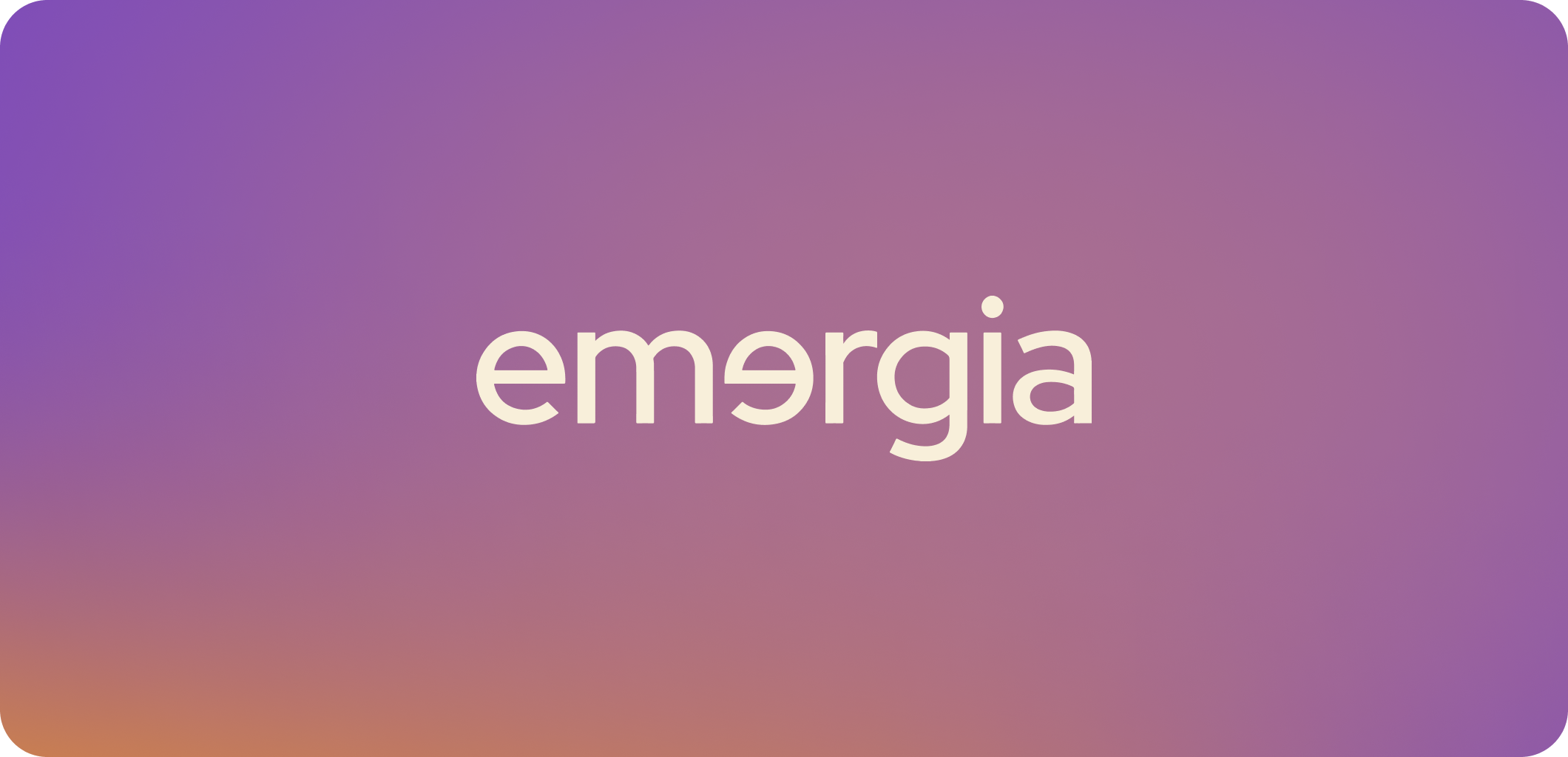| Before | With Nextiva |
|---|---|
| Customers were contacted on one primary channel. | TSS contacts each customer on their channel of choice (phone, email, SMS). |
| Customers would not know of an outage or service issue until it affected their service. | TSS proactively notifies customers of service disruptions, along with expected resolutions. |
| No ability to mass-update customers with logic/intelligence. | Customers can be notified on a rolling schedule of bill due dates and other relevant information, with parameters and schedules set by TSS with no code. |
| No context when customers call in. | After a customer has received a notification, agents see the context for that notification (outage, bill due, etc) when customer calls in, reducing handle time and increasing FCR. |
| Out of compliance for PCI and exposure of credit card data. | Maintain PCI compliance and securely capture and transmit credit card information to payment gateway. |
Nextiva powers 1 million+ users and billions of interactions annually.
See how Nextiva can help your business deliver exceptional experiences as you engage, market, sell, and service.























